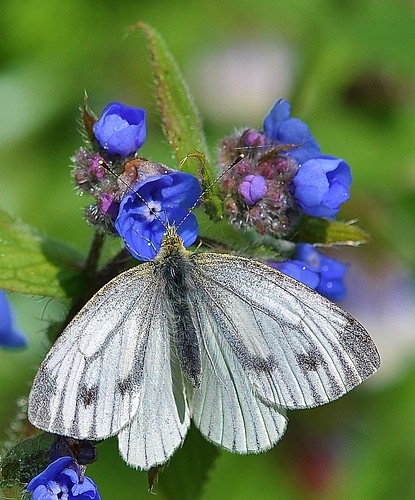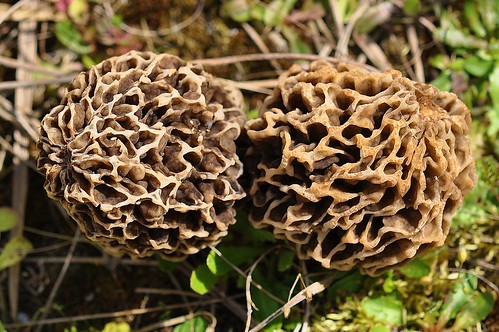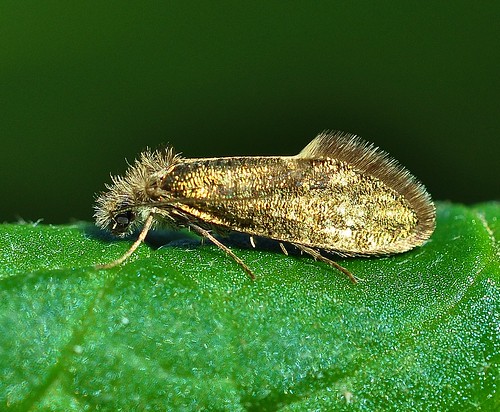Monday, 30 April 2012
Saturday, 28 April 2012
Friday, 27 April 2012
PEGWELL BAY NATURAL
HISTORY.
By Richard Kinzler.
Kent’s Rare Chalk Habitat.
Coastal chalk exposures are rare in Europe with the greatest segment and many of the best examples of chalk habitats located on the coast of England.
The erosion of chalk on the coast has resulted in the formation of vertical cliffs and gently sloping inter-tidal platforms with a variety of micro-habitats of biological importance. If you walk along the chalk cliffs and sea caves at Pegwell Bay you can see the various algal communities unique to this soft rock type such as Blackish, Brownish or Orange bands of algae.
68% of the UK’s chalk reefs are found in the South East and the 23km of coastal chalk at Thanet represents 12% of the European total of coastal chalk.
Tuesday, 24 April 2012
In 2012 The Wildlife Trusts celebrate their 100th Birthday by The Wildlife Trust
In May 1912, a month after the Titanic sank, Charles Rothschild held a meeting to discuss his radical idea about saving places for nature. This meeting led to the formation of the Society for the Promotion of Nature Reserves, which would become the Royal Society of Wildlife Trusts, and signalled the beginning of UK nature conservation as we know it. The Society worked hard to secure Government protection for sites across the UK they considered ‘worthy of preservation’, but it was not until the 1940s that nature conservation made it onto the statute with the National Parks & Access to the Countryside Act in 1949.
Meanwhile local conservation organisations, the forerunners to Wildlife Trusts, were beginning to spring up. The first was Norfolk in 1926, followed by Yorkshire in 1946 and Lincolnshire in 1948. The 1950s saw more and more groups beginning to form and by the end of the decade the Society took on the role of a national association to represent them. The Scottish Wildlife Trust was formed in 1964 and Trusts now covered the whole of Britain. The movement expanded further in 1978 with the formation of the Ulster Wildlife Trust. There are now 47 Wildlife Trusts covering the whole of the UK, the Isle of Man and Alderney.
It is a fascinating story – the local Trusts teaming up with Rothschild’s vision of an organisation to save places for wildlife.
Sunday, 22 April 2012
Monday, 16 April 2012
Friday, 13 April 2012
Local Plans are key in NPPF by Kent Wildlife Trust
The new National Planning and Policy Framework (NPPF), and which has immediate effect, sets the scene for environmental organisations, local authorities and developers to work together to protect and restore the natural environment.
“We welcome the guidance provided by the Framework on how development should help move from a net loss of biodiversity and deliver net gains for nature” says Sue Young, Head of Conservation at Kent Wildlife Trust. “As promised in the Natural Environment White Paper, the NPPF supports the preservation, restoration and re-creation of important habitats and ecological networks and says that local authorities should plan positively to secure enhancement to the natural environment. Local Plans are a key element in ensuring the protection and restoration of the natural environment in the planning system.”
Paul Wilkinson, Head of Living Landscape for The Wildlife Trusts, says: “From our initial reading of the NPPF we are pleased to see the Government has recognised the importance of planning positively for the natural environment and of including Local Wildlife Sites and Nature Improvement Areas. We also welcome the ambition to achieve net gains for nature, specifically referencing the Natural Environment White Paper.
“Local authorities now have the clear steer needed to help secure nature’s recovery by embedding policies to create vital ecological networks and protect important wildlife sites and species in local and neighbourhood plans.”
However, the National Planning Policy Framework is very much weighted in favour of the need to support economic growth, and it will be essential that a clear case is made for the importance of the natural environment in underpinning the sustainability of both our social and economic wellbeing.
Sue Young continued: “We will hold the Government to its commitment in both the National Planning Policy Framework and the Natural Environment White Paper, and ensure that the planning system lives up to its potential to have a positive role in creating wildlife-rich places where people want to live.”
Simon King OBE, President of The Wildlife Trusts, said: “The natural world is the cornerstone to the health of our nation and its health should be at the very top of every agenda. I hope this new framework has the potential to make this a reality.”
Paul Wilkinson, Head of Living Landscape for The Wildlife Trusts, says: “From our initial reading of the NPPF we are pleased to see the Government has recognised the importance of planning positively for the natural environment and of including Local Wildlife Sites and Nature Improvement Areas. We also welcome the ambition to achieve net gains for nature, specifically referencing the Natural Environment White Paper.
“Local authorities now have the clear steer needed to help secure nature’s recovery by embedding policies to create vital ecological networks and protect important wildlife sites and species in local and neighbourhood plans.”
However, the National Planning Policy Framework is very much weighted in favour of the need to support economic growth, and it will be essential that a clear case is made for the importance of the natural environment in underpinning the sustainability of both our social and economic wellbeing.
Sue Young continued: “We will hold the Government to its commitment in both the National Planning Policy Framework and the Natural Environment White Paper, and ensure that the planning system lives up to its potential to have a positive role in creating wildlife-rich places where people want to live.”
Simon King OBE, President of The Wildlife Trusts, said: “The natural world is the cornerstone to the health of our nation and its health should be at the very top of every agenda. I hope this new framework has the potential to make this a reality.”
http://www.kentwildlifetrust.org.uk/about-kent-wildlife-trust/news/local-plans-are-key-in-NPPF/
http://www.kentwildlifetrust.org.uk/about-kent-wildlife-trust/news/local-plans-are-key-in-NPPF/
Tuesday, 10 April 2012
Monday, 9 April 2012
Tuesday, 3 April 2012
Sunday, 1 April 2012
Subscribe to:
Posts (Atom)













